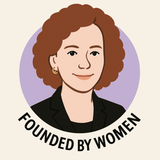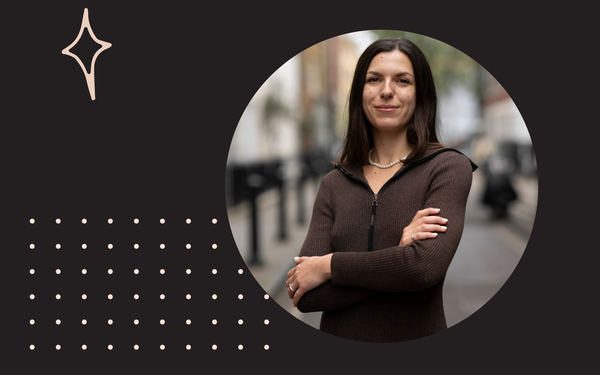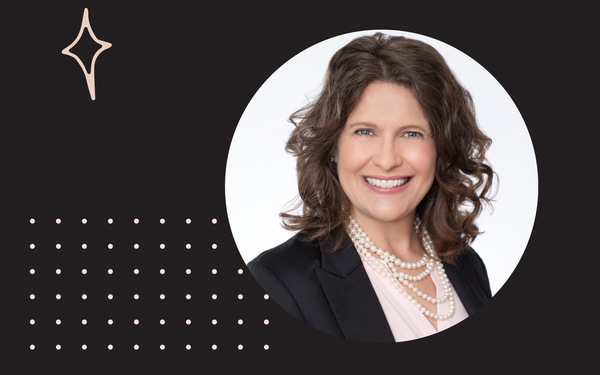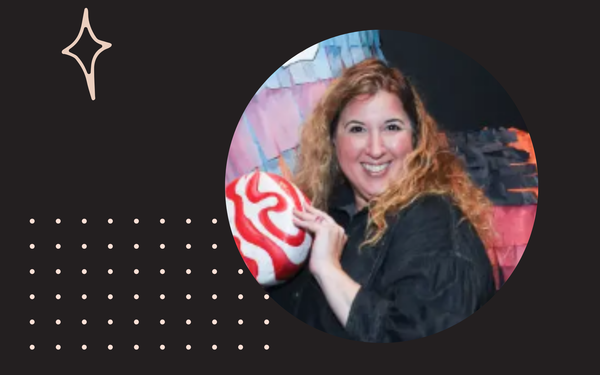From Corporate Operations to Empowering Broken Women: How Beth Close Built a Business on Kintsugi and Grace
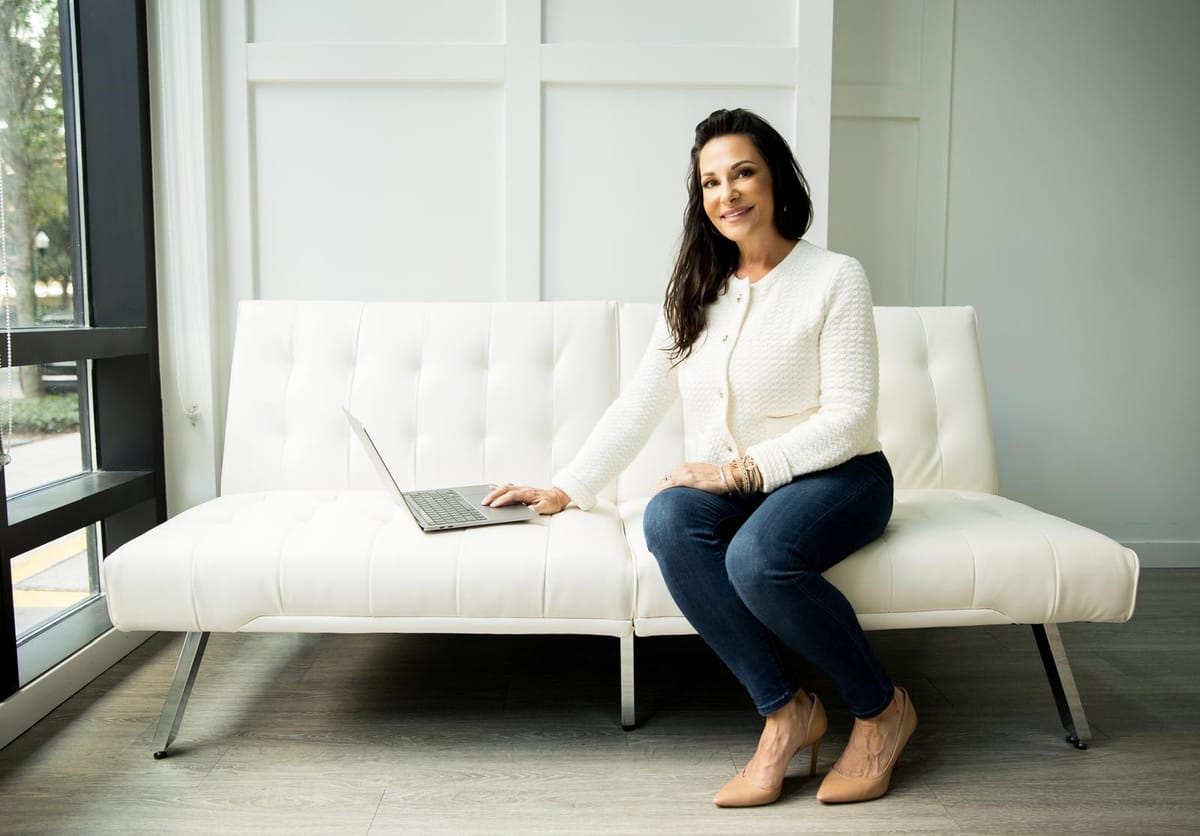
Before Beth Close was teaching women to turn "Broken to Bright," she was building global operations at Fulfillment.com—implementing quality control systems, streamlining processes, and reducing warehouse errors by 87%. She knew how to create order from chaos in the corporate world. But her own experience with divorce and dyslexia showed her a different kind of brokenness, one that couldn't be fixed with metrics and workflows.
That realization became the foundation for Whole Being Broken, where Beth applies the same systems-thinking approach she used in logistics to something far more personal: helping women rebuild their lives after trauma. Drawing inspiration from Kintsugi—the Japanese art of repairing broken pottery with gold—Beth teaches that our cracks aren't proof of weakness, but invitations for light to come through.
As an author, speaker, and empowerment coach, Beth has created the CLOSER Bonds Method and written books including Whole Being Broken and the upcoming Grace Built series. Featured in The Los Angeles Tribune Magazine, she's building a movement around the idea that vulnerability isn't weakness—it's the bridge to trust, transformation, and true wholeness.
In this conversation, Beth shares how her corporate background informs her coaching framework, why she believes broken places can become our brightest spots, and how she's learned to share her story without sacrificing her peace.
Question 1: From Corporate Operations to Healing Others
You have an impressive corporate background, having helped build Fulfillment.com from a startup into a fully functioning operation, implementing systems that reduced errors by 87% and managing complex logistics across multiple facilities. What led you to transition from high-level operations management to founding Whole Being Broken and focusing on empowerment coaching? How do your business and systems-building skills inform your approach to helping women heal and transform their lives?
My corporate career taught me how to build systems that create order from chaos, reduce inefficiencies, and drive sustainable growth. At Fulfillment.com I learned the power of structure and how the right framework can transform not just a business but the people inside it.
As much as I loved operations, my personal journey showed me another kind of brokenness, emotional, relational, and spiritual. I realized that while I could optimize warehouses and logistics networks, many women, including myself at times, were walking through life carrying unspoken pain, fragmented identities, and survival mode mindsets. That recognition lit the fire for Whole Being Broken.
I approach empowerment coaching the way I approached building a global operation, with a framework. I believe transformation requires both heart and system. My business background helps me create practical, repeatable processes like the CLOSER Bonds Method that give women structure as they heal. My lived experience brings the empathy, vulnerability, and faith that make those systems deeply human.
The transition was not about leaving operations for coaching. It was about taking what I knew about building sustainable systems and applying it to something even more important, helping women rebuild themselves from the inside out.
Question 2: The "Broken to Bright" Philosophy
Your signature framework draws from the Japanese art of Kintsugi - the idea that we're not broken beyond repair, but that our cracks are where the light gets in. You've shared your own journey through divorce, dyslexia, and childhood wounds in publications like The Los Angeles Tribune Magazine. How did you develop this philosophy from your personal experiences, and what does it mean practically for women who feel completely shattered by life's challenges? How do you help them see their "broken" as beautiful?
Broken to Bright was born out of the same seasons of brokenness I write about in Whole Being Broken and the upcoming Grace Built series. Divorce and the challenges of dyslexia once left me questioning my worth and my place in the world. For years I believed that being broken meant being less than. What I eventually discovered, and what I now share through my books and coaching, is that the cracks in our stories are not proof of weakness but invitations for strength, grace, and light to come through.
The Japanese art of Kintsugi captures this beautifully. When something breaks, it is repaired with gold, making the broken place the most valuable part. That became my lens for life and for the women I work with. Instead of hiding the cracks, we learn to honor them, because they tell the story of survival, resilience, and beauty.
For women who feel completely shattered, Broken to Bright is about building a new relationship with their pain. We take practical steps to reclaim identity, shift the narrative from “I am broken” to “I am becoming,” and create systems that help them see progress. The transformation comes when they no longer see their broken pieces as evidence of failure but as proof of strength.
Broken to Bright is not about pretending everything is fine. It is about choosing to believe that the very things that hurt us most can become the very things that make us shine.
Question 3: Building a Business Around Vulnerability
Whole Being Broken is built on the premise of embracing vulnerability and finding strength in our most difficult moments. As an entrepreneur, how do you balance being authentically vulnerable in your messaging and leadership while also building credibility and running a successful business? What advice do you have for other female founders who want to build mission-driven businesses around personal transformation but worry about being "too personal" or sharing too much of their own struggles?
For me, vulnerability is not weakness, it is the bridge to trust. Whole Being Broken is built on the belief that when we are willing to be seen in our struggles, we create space for others to see themselves and begin their own healing. That said, vulnerability is not the same as oversharing. The balance comes from sharing scars, not open wounds. I speak from experiences I have processed, prayed through, and found meaning in, so that what I share becomes wisdom rather than raw pain.
Credibility comes when people can feel both your heart and your strength. My audience knows I have lived through what I teach, but they also see the systems, tools, and results that I provide. That combination of authenticity and structure builds trust and shows that vulnerability and professionalism are not opposites. They are partners.
For other women building mission-driven businesses, my advice is to honor your story but also protect your peace. You do not owe the world every detail of your pain. Share what serves, what connects, and what will help your audience move forward. Keep the parts that are still tender for your inner circle, your therapist, or your journal. Vulnerability is most powerful when it is purposeful.
Are you a woman leader with an inspiring journey to tell? Founded by Women is on a mission to elevate and amplify the voices of women making an impact.
If you're breaking barriers, driving change, or paving the way for others, we’d love to feature your story. Get in touch with us today!
👉 hi@foundedbywomen.org
